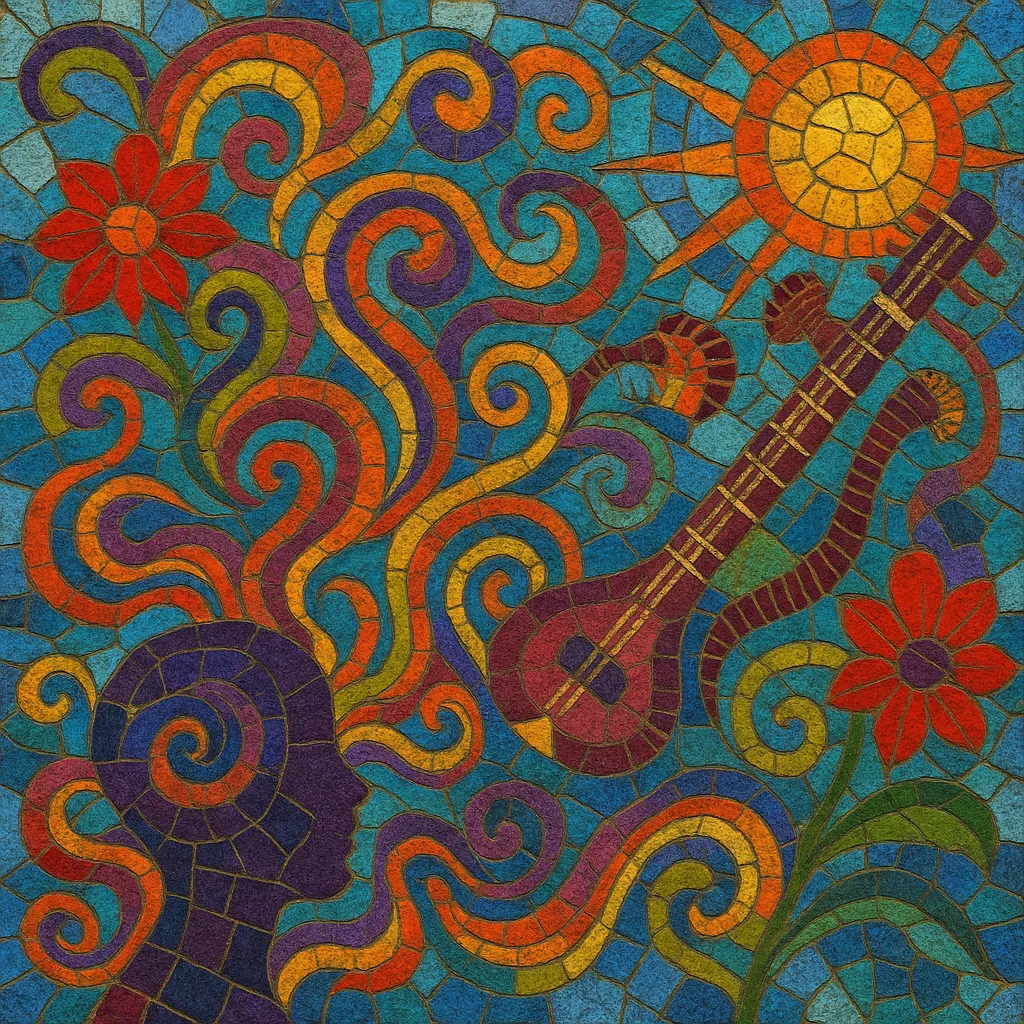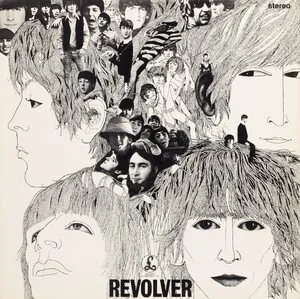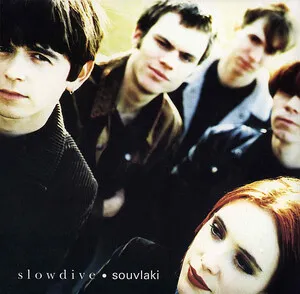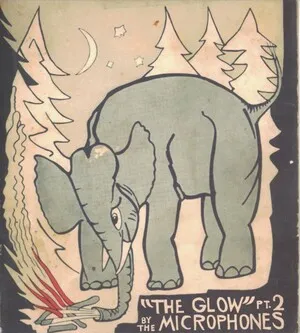
Psychedelia is a broad musical aesthetic designed to evoke, reflect, or accompany altered states of consciousness associated with psychedelic experiences.
It is characterized by extended song forms, modal and drone-based harmony, exploratory improvisation, and vivid studio experimentation: tape loops, reverse recording, varispeed, phasing/flanging, saturated distortion, and wide stereo imaging. Non‑Western timbres (notably sitar and tambura), Mellotron and early synthesizers, and colorful, surreal lyric imagery are common.
Emerging from mid‑1960s counterculture, psychedelia cut across rock, pop, folk, and soul, birthing a family of psych substyles while shaping the sound design, arrangement, and production playbook for progressive rock, space rock, shoegaze, and many later experimental movements.
Psychedelia arose in the mid‑1960s among U.S. and U.K. youth countercultures, especially the West Coast (San Francisco) ballroom scene and London’s underground. Musicians fused rock and roll and blues foundations with folk’s modal writing, Indian classical drones and instruments, and the studio’s expanding palette of tape and mixing tricks. LSD-tinged happenings, light shows, and communal venues framed the sound.
By 1966–67, psychedelia had become a leading edge of popular music. Landmark singles and albums expanded form and timbre through feedback, raga‑like vamps, tape manipulation, and orchestral color. The "Summer of Love" in 1967 crystallized the movement through festivals, FM radio, and iconic releases that pushed songwriting and production toward the surreal and the expansive.
From 1968 onward, psychedelia branched into heavier jams and conceptual suites, catalyzing progressive rock, space rock, and hard/acid rock, while its improvisational language informed jazz‑rock and jam-band lineages. In continental Europe, its experimental spirit fed into krautrock and early progressive electronic music. Although mainstream psych waned by the early 1970s, its studio innovations, modal/drone harmony, and exploratory mindset remained foundational across rock and beyond.
The 1980s saw neo‑psychedelia and the Paisley Underground revive jangly guitars, kaleidoscopic production, and retro‑futurist aesthetics; the 1990s and 2000s brought Elephant 6 collectives and a global psych revival. In the 2010s–2020s, psych resurged through festival circuits and cross‑pollination with dream pop, shoegaze, stoner/doom, and experimental electronica, reaffirming psychedelia as a lasting production and compositional sensibility, not just a 1960s style.







